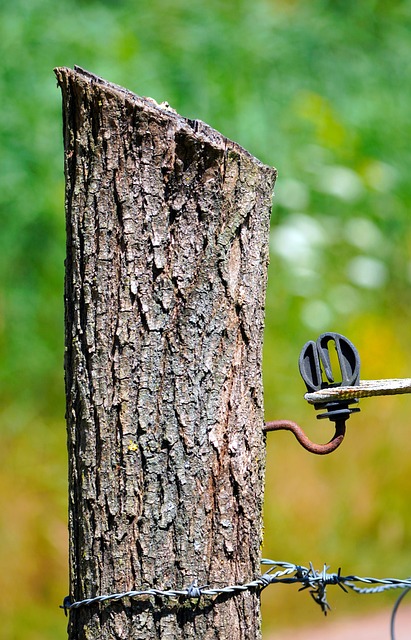In New Bedford, MA, residential fence installation has become a popular home improvement project, offering both aesthetic appeal and functional benefits. Whether for security, privacy, or to define property lines, the choice of fence type is crucial. This comprehensive guide delves into understanding your specific needs, selecting the ideal installation company, exploring various fence styles, and navigating the installation process step-by-step. By following these insights, homeowners can ensure a durable and visually pleasing new fence.
- Understanding Residential Fence Needs in New Bedford
- Choosing the Right Installation Company
- Types of Fences and Their Benefits
- The Installation Process: Step-by-Step Guide
- Post-Installation Care and Maintenance Tips
Understanding Residential Fence Needs in New Bedford
In New Bedford, residential fence installation is more than just a construction project; it’s about enhancing property security, privacy, and aesthetics. Homeowners often seek fences that blend seamlessly with their neighborhood while offering robust protection for families and pets. The city’s diverse climate requires durable materials capable of enduring harsh winters and hot summers, ensuring the fence not only stands the test of time but also maintains its visual appeal.
Location plays a significant role in understanding New Bedford’s residential fencing needs. Properties near bustling streets may require taller fences for added privacy, while backyards with pool areas demand safety features like self-closing gates. The city’s rich cultural tapestry also influences design choices, with homeowners often opting for styles that reflect their personal tastes and contribute to the overall charm of their neighborhoods.
Choosing the Right Installation Company
When considering residential fence installation in New Bedford, MA, choosing the right company is paramount. Look for a business with proven experience and a solid reputation in your area. Check online reviews from previous clients to gauge their satisfaction levels and work quality. Ask for references if needed.
An ideal installation company should offer a diverse range of fencing options suitable for various needs and budgets. They must be licensed, insured, and bonded to protect you from potential risks or liabilities during the installation process. Moreover, excellent customer service, transparent pricing, and a clear understanding of your project requirements are key indicators of a reputable contractor.
Types of Fences and Their Benefits
When considering residential fence installation, New Bedford residents have a variety of options to choose from, each offering unique benefits. Wood fences, for instance, provide a classic aesthetic appeal and can be customized with various styles and designs. They are also relatively affordable compared to other materials and can increase property value. However, wood requires regular maintenance such as painting or staining to prevent rot and insect damage.
On the other hand, vinyl fences are low-maintenance and highly durable, making them ideal for homeowners seeking long-term solutions. These fences are resistant to rot, rust, and pest infestations, and they require minimal upkeep beyond occasional cleaning. Additionally, vinyl offers excellent insulation properties, helping regulate temperatures in your yard and potentially reducing energy costs. Steel fences offer robust security and durability, often featuring intricate designs that enhance curb appeal. They are ideal for areas exposed to harsh weather conditions but can be more expensive and demanding during installation.
The Installation Process: Step-by-Step Guide
The installation process for a residential fence typically involves several key steps. First, a professional company will assess your property and determine the best type of fence to suit your needs and preferences. This includes considering factors like existing terrain, local regulations, and desired aesthetics. Once the type of fence is decided upon, the team will clear the area, marking out where the fence will be placed.
Next, they’ll dig post holes at precisely measured locations and set up the posts, ensuring they’re securely in place. After that, horizontal rails are attached to the posts, followed by the installation of panels or pickets, depending on the chosen design. The process concludes with a final inspection, during which any adjustments are made to ensure the fence meets safety standards and looks impeccable.
Post-Installation Care and Maintenance Tips
After your new fence is installed, proper care and maintenance will ensure its longevity and aesthetic appeal. Regular cleaning with a soft brush or hose can help remove dirt, dust, and debris that might accumulate over time. Avoid using harsh chemicals or power washers, as they could damage the fence’s finish.
Inspecting your fence periodically for any signs of wear and tear is crucial. Look out for loose or damaged boards, post rotations, or rust on metal components. Promptly addressing these issues will prevent minor problems from turning into significant repairs. Keep an eye on nearby trees and branches that might grow into the fence, causing damage over time. Trimming them regularly can help maintain your fence’s integrity.
